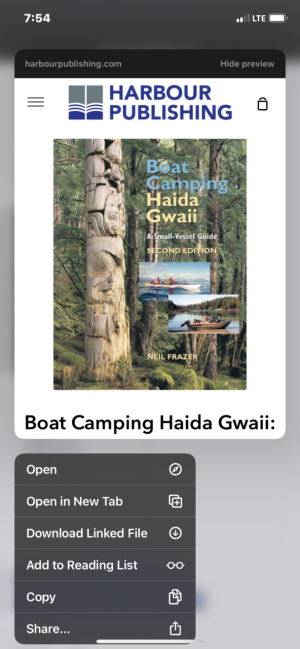Sharphooks
Well-Known Member
I’ve wanted to go that part of the Pacific for decades. I finally have a boat that I’d feel reasonably safe going across Hecate Strait.
Has anybody on this forum done that trip? I met a guy this summer who went across from Otter Pass (just North of the Estevan Group) in a 40 foot cabin cruiser. They made the trip just to see friends then came back so not much info from his trip
I’d want to stay and explore but I haven’t been able to find much information on line for non-guided or non-tour trips.
Can anybody recommend resources on taking a trip like that? I had a guy tell me today you have to apply for permission—-is that true?
thanks for any comments from the SFBC brain trust
Has anybody on this forum done that trip? I met a guy this summer who went across from Otter Pass (just North of the Estevan Group) in a 40 foot cabin cruiser. They made the trip just to see friends then came back so not much info from his trip
I’d want to stay and explore but I haven’t been able to find much information on line for non-guided or non-tour trips.
Can anybody recommend resources on taking a trip like that? I had a guy tell me today you have to apply for permission—-is that true?
thanks for any comments from the SFBC brain trust





